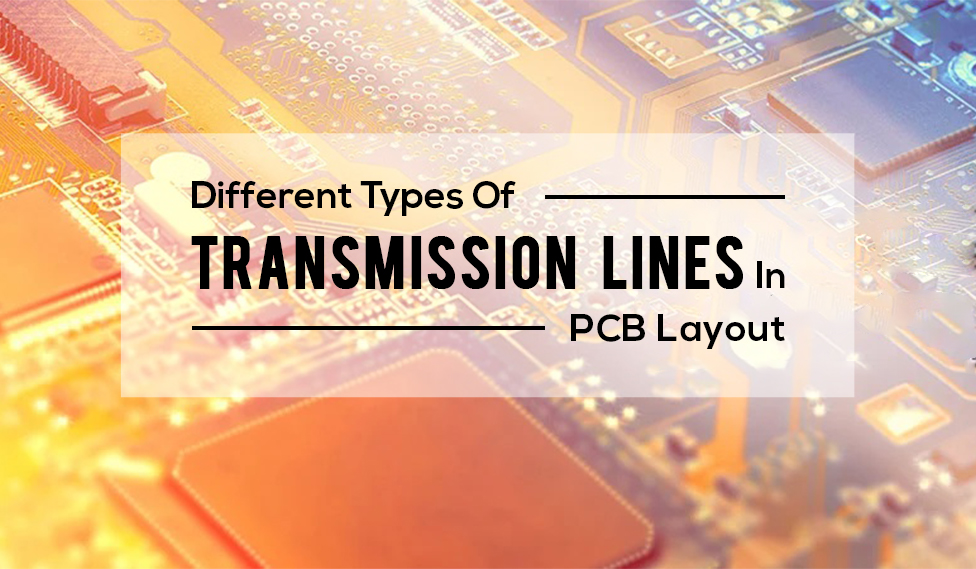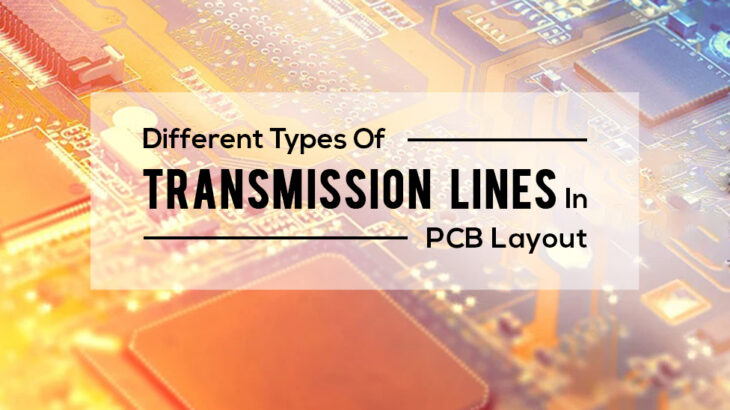
A printed Circuit Board (PCB) is the heart of all electronic devices to process smoothly. So, PCB layout can be defined as the transformation of a circuit from the circuit board to a physical form. Similarly, transmission lines refer to a pathway or conductor that carries various electrical signals. So, transmission lines in PCB layout to improve the process performance and push its capabilities to the next level.
Thus, circuit board designers are working on the different types of transmission lines in PCB layout for maximum networking performances and minimizing the integrating problems caused by signaling. Many PCB design services outsource designing for more precision and accuracy. Hence, in this post, let us see the transmission lines for PCB layout in-depth.
Understanding Transmission Lines For PCBs:
The conducting lines in the PCBs are designed in two different paths. The first path is to trace the signals, and the other is created on the reference plane for the signal’s return path. Thus, these conducting lines are separated by dielectric materials and construction traces adjacent to the ground plane. Generally, there are two types of transmission lines that are used in the PCB layout.
-
Microstrip:
The major category used to design the PCB layout is the microstrip. It is a transmission line that includes a conductor on a dielectric surface with a plane grounded. The microstrip transmission line acts as a single reference plane designed for the networking return path. These lines are configured on the exteriors of the board but can also be embedded within the substrates.
-
Stripline:
Another form of the transmission line to fabricate the PCB layout is the stripline. The stripline consists of a conducting strip surrounded by the dielectric substance between the two conductor planes. The stripline configuration offers variations in the various forms of transmission lines like asymmetric, edge-coupled, and broadside-coupled strip lines.
There is another form of transmission line with no reference line, but an external signal trace with two subsidiary reference traces with its return path is configured on the PCB layout. This type of transmission line is uncommon because the designers need the precise spacing between the route length and traces. All these placements and materials are fabricated in accordance with REACHto ensure safety.
Tips for a perfect transmission line networking:
The first to have an ideal transmission line signaling is to manage the impedance of the line to the specific trace line width. If the impedance does not match the line length, the system can have signal reflections that can interrupt the entire process. Hence, the designers should calculate the board’s physical characteristics to control the impedance of the trace line so that a consistent value is maintained throughout the system.
- Similarly, never trace your route on the reference plane where breaks and splits are present, as it can spoil routing.
- Try to keep the transmission line in a single layer as possible.
- Combine various signals and never break them at their passing point.
Hence, these are the different types of transmission lines and tips for routing. Get in touch with Sunstream, which offers CAD, PCB layout, and embedded software development services for your electronic designs and fabrications.




 +1.585.935.7123
+1.585.935.7123 +91-804-148-6861
+91-804-148-6861